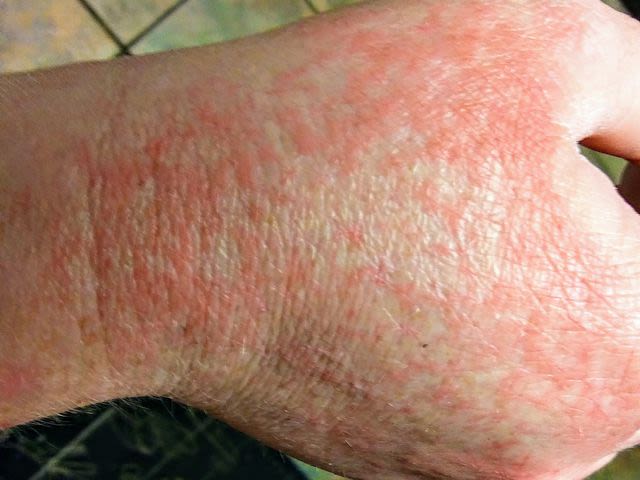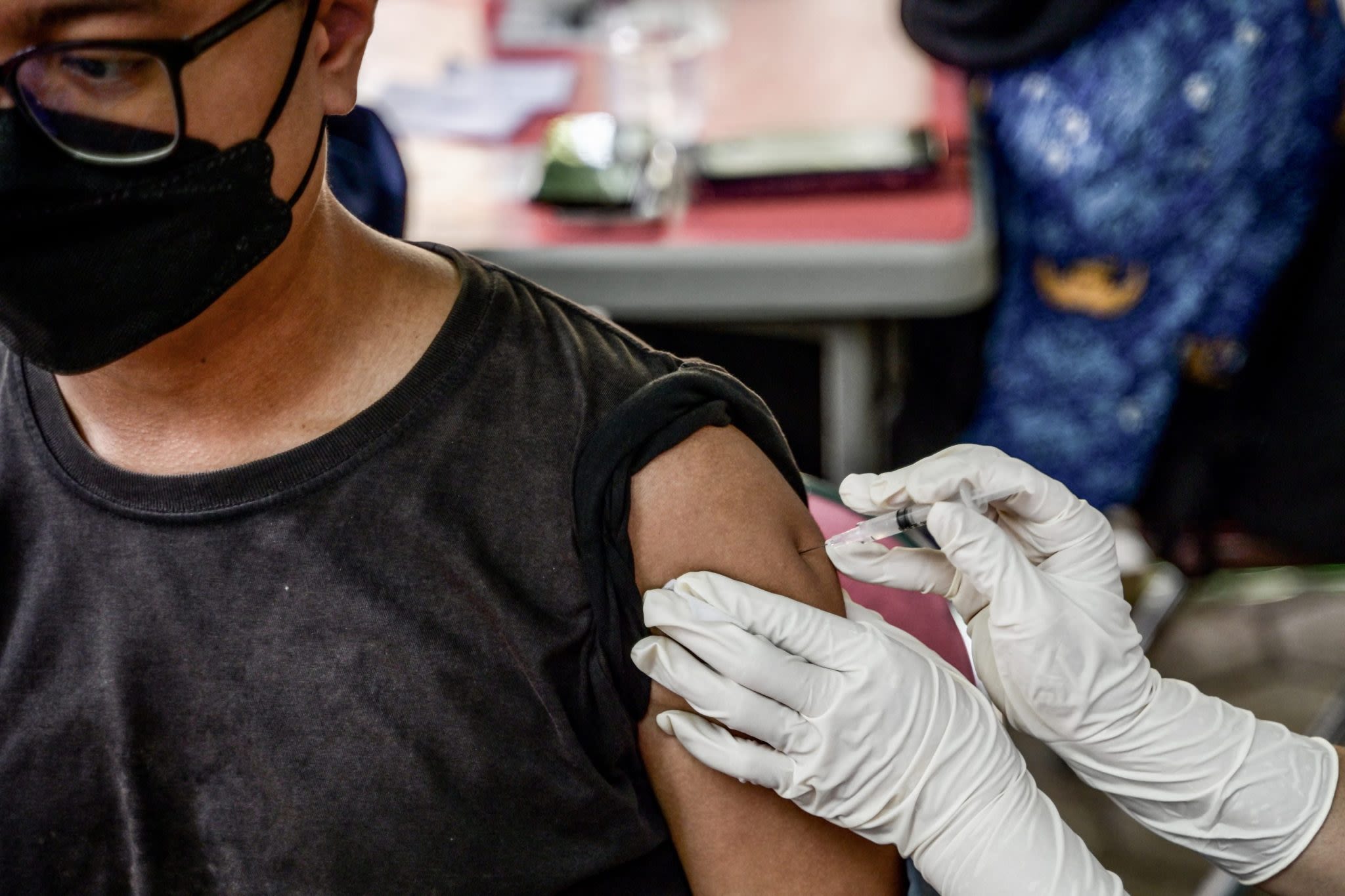Search results
News about COVID-19, FLiRT, variants
News about COVID-19, hospitalizations, CDC
Overview. Nomenclature. Toggle Nomenclature subsection. Lineages and clades. Classification of variants. Reference sequence. Notability criteria. Variants of concern (WHO) Toggle Variants of concern (WHO) subsection. Omicron. BA. sublineages. Further sublineages emerging in 2022.
Sep 1, 2023 · Variants of SARS-CoV-2, the virus that causes COVID-19, have been reported in many countries around the world. Learn more about the current variants of concern. CDC provides credible COVID-19 health information to the U.S.
Dec 18, 2023 · Tracking SARS-CoV-2-variants. Working definitions and primary actions. Currently circulating COVID-19 Variants of Interest (VOIs) as of 18 December 2023. Currently circulating COVID-19 Variants under Monitoring (VUMs) as of 10 February 2024.
Nov 4, 2023 · Together the omicron variants make up nearly all COVID-19 infections in the United States. People who are up to date on their vaccines can get breakthrough infections. They can then spread the virus to others. But the COVID-19 vaccines can work to prevent severe illness.
- www.who.int
- › Newsroom
- › Questions and answers
- › item
Nov 20, 2023 · Last updated on 20 November 2023. 1. What are variants of SARS-COV-2, the virus that causes COVID-19? 2. What is the difference between variants under monitoring, variants of interest, and variants of concern? 3. What can I do to protect myself from SARS-CoV-2 variants? 4. How can we stop new variants from emerging?
Current Variants in the United States. Estimated prevalence as of May 21, 2022. Omicron BA.2.12.1. 57.9% Omicron BA.2. 39.1% Others. Source: Centers for Disease Control and Prevention. · BA.4 and...
Apr 26, 2023 · Variants of the Virus. About Genomic Surveillance. Data & Sequencing. Variant Proportions in the US. Global Variant Data. Sequencing for SARS-CoV-2 (SPHERES) Published COVID-19 Sequences. About Variants. Many viruses are constantly changing, including the virus that causes COVID-19.





